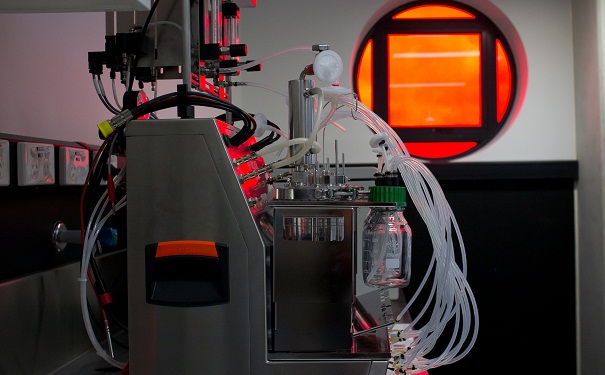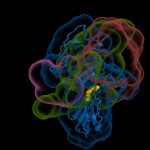
The research laboratory can identify micro-organisms in one minute. Image: Swinburne University of Technology
Researchers will now be able to identify micro-organisms in one minute, thanks to a new research laboratory.
Traditional methods of identifying bacteria, fungi and micro-organisms can take up to three days. But a new research laboratory, developed at Swinburne University of Technology, can now pinpoint the suspect in one minute.
According to Associate Professor Enzo Palombo, the process will work in a similar way to a police fingerprint database. To identify a micro-organism, the researchers analyse the samples using a Matrix Assisted Laser Desorption Ionization (MALDI-TOF) instrument, before cross-referencing the results with bioMérieux’s microorganism database.
A sample of the bacterial is exposed to the MALDI-TOF’s laser beam, resulting in the ionization of its proteins. “These are accelerated in an electric field, travel up a vacuum ‘flight’ tube at different velocities (depending on their mass) and are detected by a mass spectrometer,” said Professor Palombo.
The various proteins have different velocities, so they will reach the detector at different times. The instrument then generates a spectrum signature, based on the masses of ionization of proteins found in the bacteria.
The MALDI-TOF analyses the bacteria’s individual spectral peaks and cross references them against the 3500 microorganism signatures included in the bioMérieux reference database to find the closest match. “This all happens in about one minute,” said Professor Palombo.
“Most studies show that the process is accurate around 95% of the time.”
Professor Palombo says the technology can be used in any industry where identification of bacteria is important. “Medicine is the obvious one, but the food industry, pharmaceuticals, agriculture and environmental applications are also relevant.
“For example, being able to rapidly identify bacterial contaminants in food and water would minimise the risk of infection.”
Scientists can also minimise the risk of infection and contain outbreaks by using the laboratory to identify where the strain originated. “Essentially, you are trying to match the spectra, so if you have sample of the suspect bacterium and a sample of where you think it originates, you can look for a match.”
“For example, if a processed food sample was found to be contaminated, you could look for the same type of bacterium in raw materials and thus implicate the supplier as the source of the contamination, e.g. a particular farm. That would allow them to implement the correct procedures to de-contaminate the facility that produced the raw materials.”






